CONTAINER COLLECTIVE EDGE PROTECTION SYSTEM (CONCEPS)
Price: PLEASE CONTACT US FOR PRICING
Style:
4 POST SYSTEM INC STRAPS
INTERMEDIATE POSTS
BASE POST
ACCESS GATE
PREVENT THE FALL WITH CONCEPS EDGE PROTECTION
When there is an alternative DO NOT rely on fall arrest to save your life, it may do but it may also result in a serious injury.
Our Container Collective Edge Protection System (ConCEPS) eliminates the risk of falling from the top of shipping containers. Why access the top of a shipping container? The roof space on containers can be used for extra storage, or may have air conditioning or other types of plant installed that require routine maintenance, there are many reasons why. Why not take advantage of valuable space on your site!
ConCEPS is designed to fit to all four corners of shipping containers from 10' to 40'. The system is designed with 4 corner posts and 2 intermediate posts that should be used on containers of 20' and over.
The fall protection system has upper and intermediate level fall prevention ratchet straps to prevent falls.
When access to the edge is restricted due to installed plant or similar we offer a 3- piece post that hooks in to the top container lug and locks into the bottom container lug. Therefore reducing the need to access the top of the container for even safer installation. These can be fitted by one person at ground level.
Additional safety netting if required.
Edged all round with 12mm border ropeMaterial diameter: 5mm
Mesh: Square
Mesh Size: 100mm
Material: High Tenacity Polypropylene
Conforms to BS8411
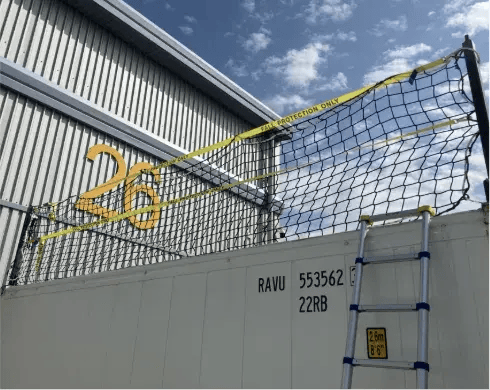
.webp?width=490&height=390&name=Container%20Collective%20Edge%20Protection%20Systems%20(2).webp)
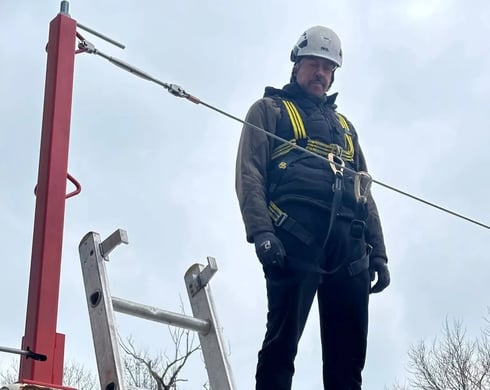
WHY CHOOSE SHEARFORCE?
BESPOKE PRODUCTS AVAILABLE
GANTRY BASES CAN SWIVEL AROUND OBSTRUCTIONS
MADE IN THE UK
.webp?width=1396&height=2108&name=Ebook%20Cover%20Guide%20(Jeel).webp)
DON’T SETTLE FOR MEDIOCRE FALL ARREST: A GUIDE TO BETTER ALTERNATIVES
Traditional fall arrest harnesses are not always the safest option. This guide explains their risks and introduces smarter, more effective alternatives to protect workers at height.
You’ll learn how to identify common fall hazards, take preventative measures, and stay compliant with the Work at Height Regulations 2005. It also explores the ConCEPS system, designed to improve safety on shipping containers with quick, easy installation that minimises downtime.
Don’t rely on fall arrest alone, as it can still cause serious injury. Discover better ways to protect your workforce.
Download your copy today.
WHAT OUR CUSTOMER SAY
The quality of the ‘A Frame’ is outstanding.
What truly sets Shearforce apart is their attentive customer service. The team was incredibly responsive and took the time to understand our needs thoroughly. They provided valuable insights and recommendations, ensuring that we received the best possible solution. Their dedication to customer satisfaction was evident in every interaction, making the entire process smooth and stress-free.I highly recommend Shearforce.”
REQUEST YOUR FREE QUOTE TODAY!
Looking to boost safety and efficiency in your operations?
Tell us about your requirements and our experts will prepare a tailored quote for our trusted gantry and shipping container solutions.
Fast, accurate, and designed around your business needs. Get your quote today!
READ MORE ABOUT SHIPPING CONTAINER FALL PROTECTION
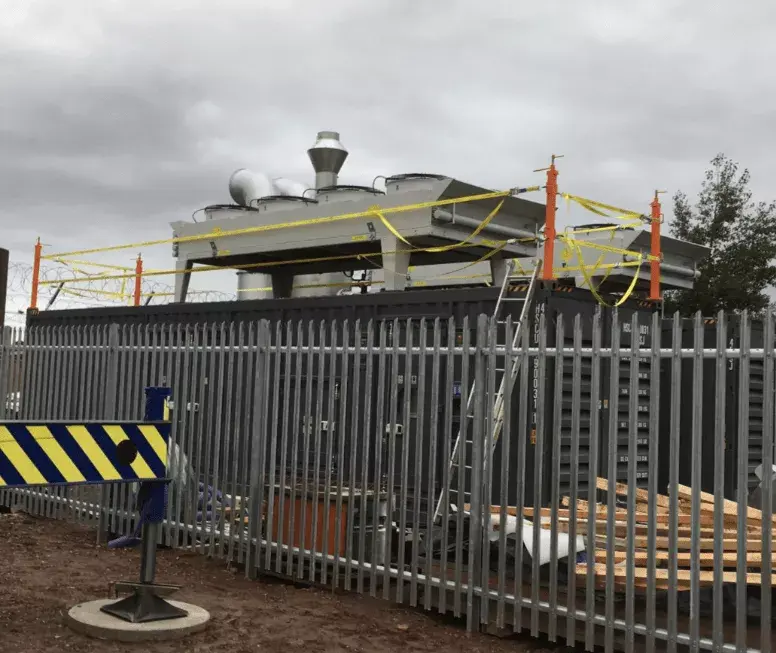
Going Beyond Harnesses For Shipping Container Fall Protection
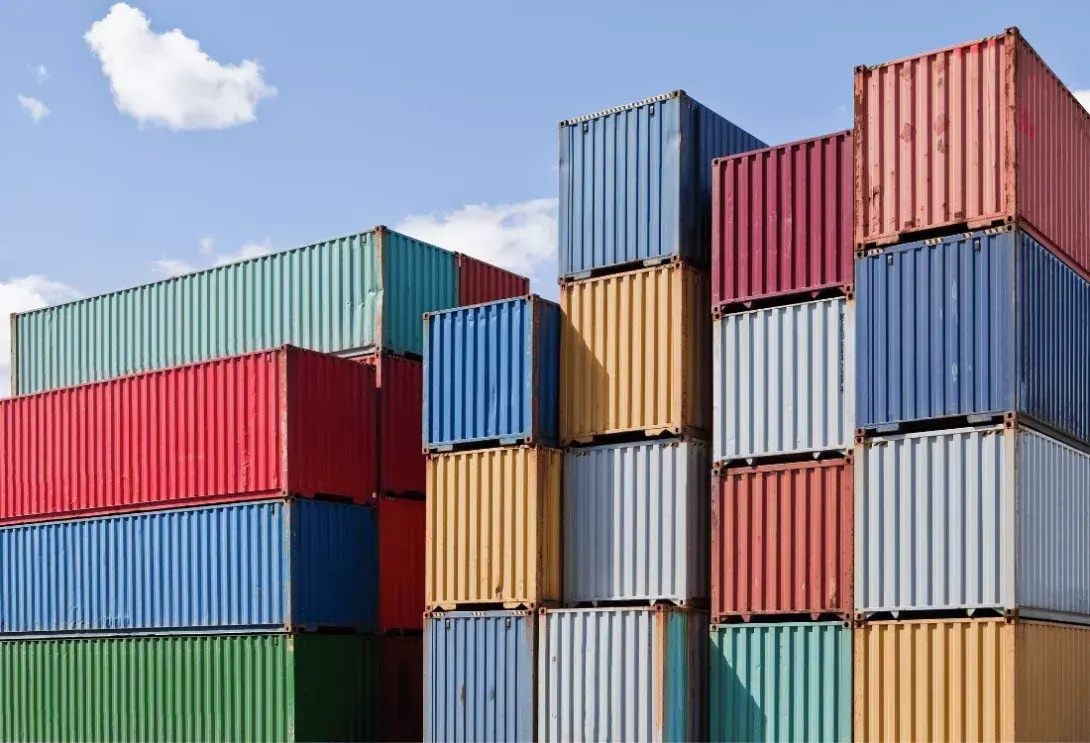
Why Fall Protection Is Essential When Working With Shipping Containers
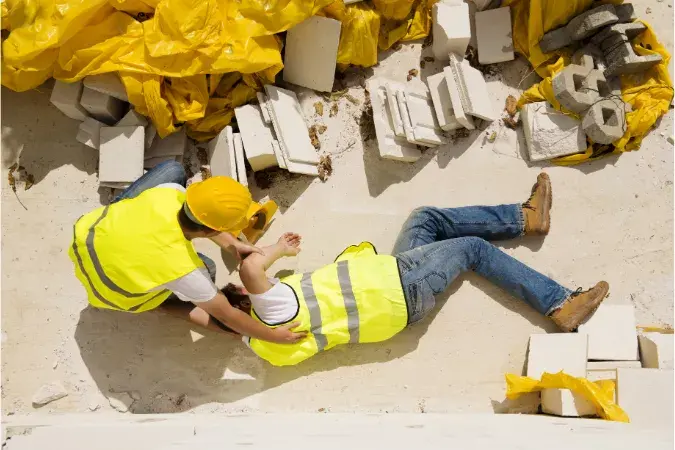




.webp?width=958&height=708&name=4%20(2).webp)
.webp?width=958&height=708&name=5%20(2).webp)
